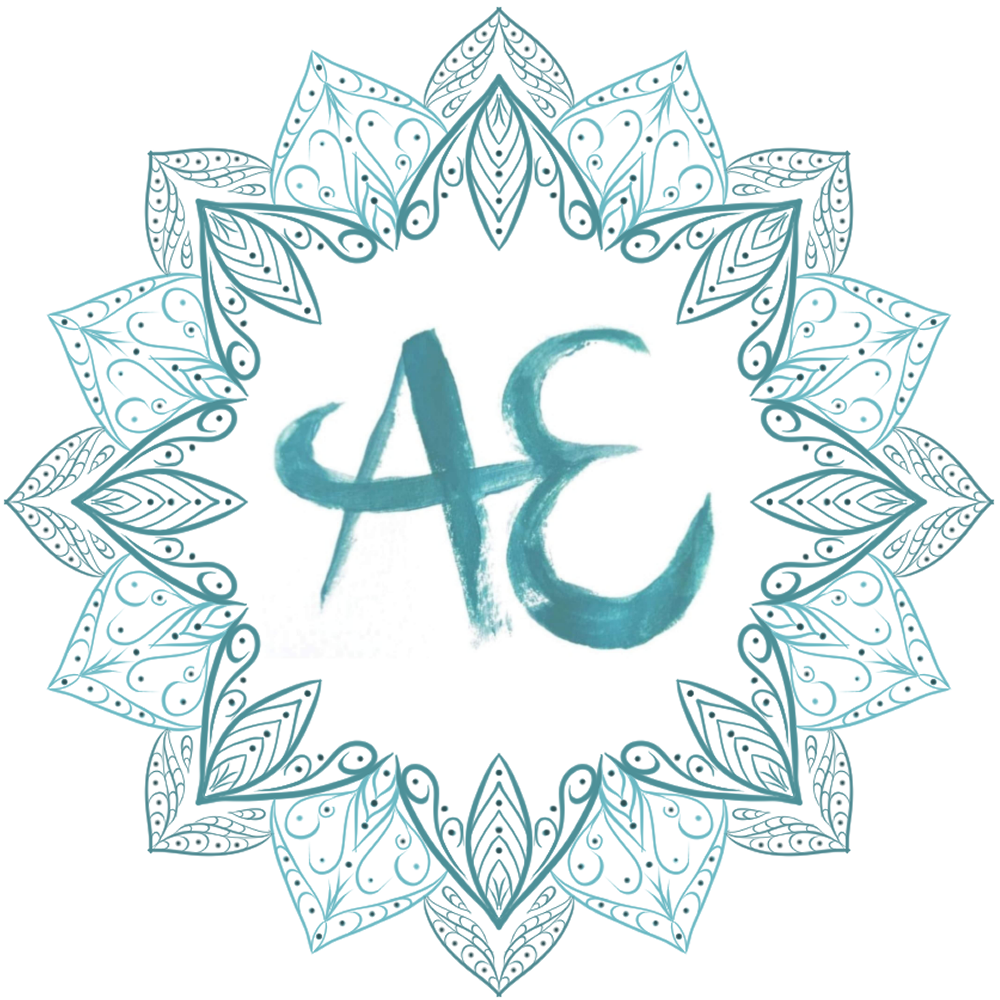The major thing to take away from this is that the digestive tract is the ‘second brain’. It has 100 million neurons. Your digestive system THINKS! On top of this, the balance of microbes in the gut is so important to wellbeing. If all you take away today is not to underestimate the digestive system’s role in health, that’s enough!
Remember that we eat and digest in order to live and function. Purposes of eating range from making energy, growing, insulation and keep body processes going. It’s also interesting that much of our digestive system is not in our control, it happens automatically. However, that doesn’t mean we can’t help ourselves and others make healthy choices. Stress has a huge impact on the digestive system (which I have learnt the hard way). Notice if this is you too.
The Journey of Food
Step 1: The Mouth
Before you even realise it, the sensing of food can start your digestive system off. Saliva starts being produced. You take a bite, and the mouth starts to break mash up the food. Help the stomach out by chewing for longer than normal. The enzymes in the saliva start the process of chemically breaking down the food as well.
Step 2: The Pharynx and Oesophagus
You swallow what’s in your mouth and the contents makes its way down into the throat. The food is pushed through the oesophagus and into the stomach by small contractions (otherwise known as peristalsis). A ring of muscle (like a squid ring) lets the food pass into the stomach and closes to keep it there. Heart burn is sometimes due to this squid ring not effectively keeping the stomach acid in the stomach.
Step 3: The Stomach and Small Intestine
The stomach is like a sac and it continues to mix up the food. Strong acids and enzymes live in the stomach which work on making the food become a liquid like paste. When the food is like this, it is ready for the small intestine. The small intestine contains the duodenum, jejunum, and ileum. The duodenum is largely responsible for the continuing breakdown process, with the jejunum and ileum being mainly responsible for absorption of nutrients into the bloodstream. The small intestine is where most of the nutrients is absorbed and is 7 metres long! The food also moves through the small intestine with peristalsis. Nutrients are absorbed through the walls and into the bloodstream.
Step 4: The Colon, Rectum, and Anus
What’s left goes to the colon which is 1.5 metres long. The colons job is waste processing, so that the excretion of waste is easy and convenient. Any remaining water is absorbed into the body here. The rectum is a 12cm long passageway between the colon and the anus. Along with another couple of rings of muscle, the anus and pelvic floor stops stool from coming out when its not wanted. You hopefully have a well-timed, well-formed stool to show following all of this hard work.
Organs That Help
Pancreas - Factory for digestive enzymes.
Liver - Secretes bile and processes the blood coming from the small intestine containing the nutrients just absorbed.
Gallbladder – Storage room for bile until its needed.
Complementary Therapies
Specific stomach and intestinal massages can be helpful to aid digestion. If you are struggling with digestion and want to know what you can do – let me know!
Certain aromatherapy oils can really help soothe or stimulate the digestive system. The well-known remedy is peppermint. However, be mindful that this oil is very powerful and has lots of contraindications. Maybe start with peppermint tea to see how you feel about it.
Reiki and crystals have helped me with digestion. Improve your awareness of your body by placing your hands on your stomach last thing at night or first thing in the morning and feel for energy.
Yoga has been well known for a long time to aid digestion and soothe digestion. Typically twists along with flexion and extension of the spine are the poses to help.
Diet is the most obvious influencer on gut health. I am not qualified to offer much more advice than make sure you are getting in your fruit and vegetables. For me, a reduction in my sugar intake has really helped settle my symptoms.
While, like everything in life, the digestive system could be more complicated. There is certainly more to learn. For now, just take your time to follow this process in your mind next time you take a bite.
Know that you can reach out to discuss the complementary therapies available that may help and if you want to take your learning further, I suggest the book ‘Gut’ by Giulia Enders.
References:
https://www.webmd.com/digestive-disorders/digestive-system



